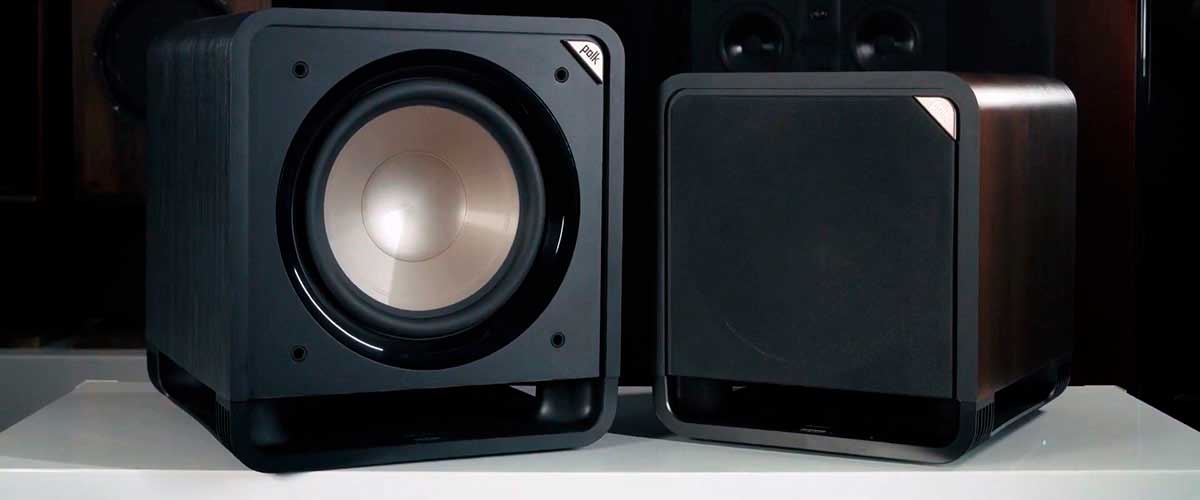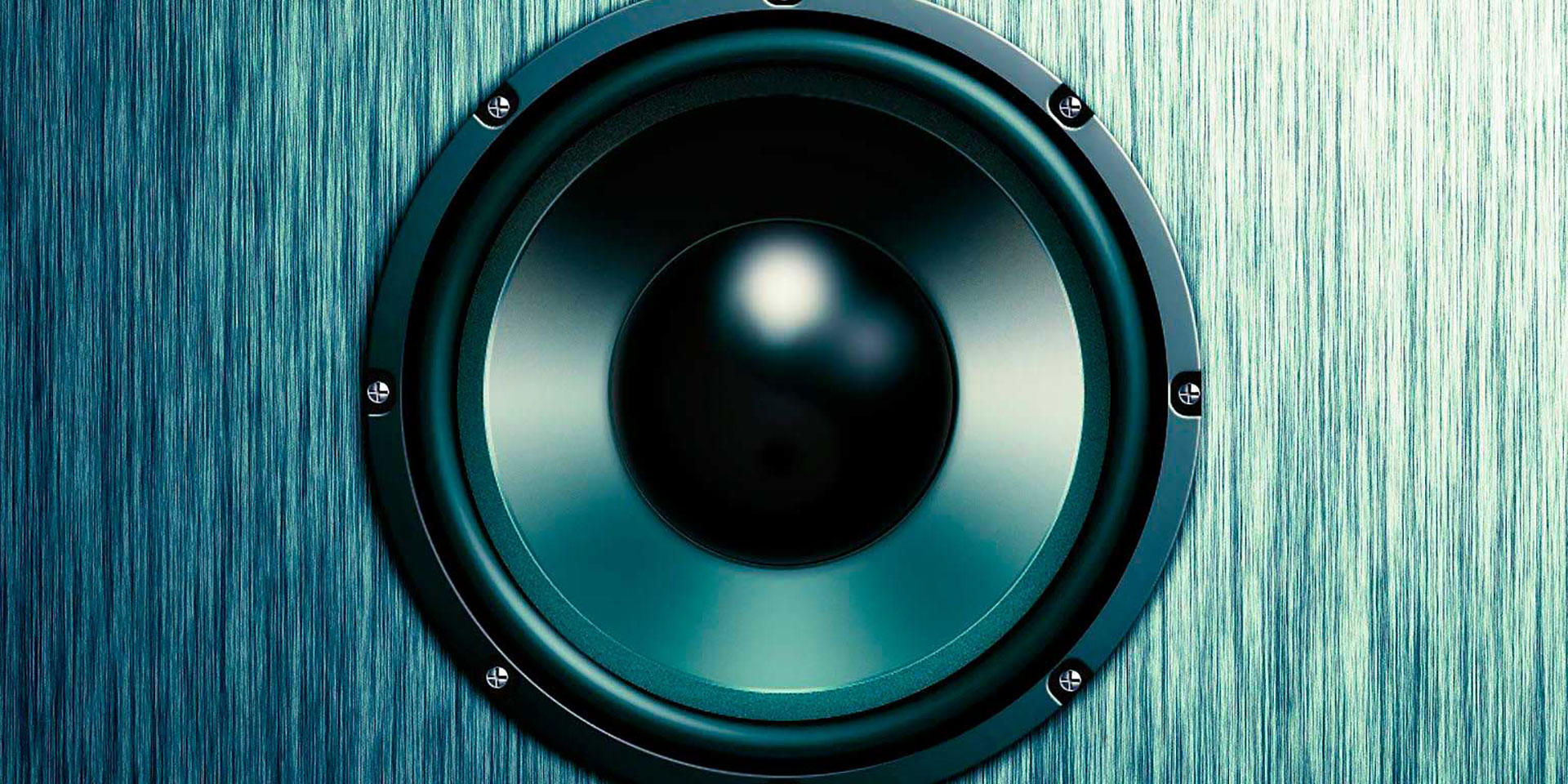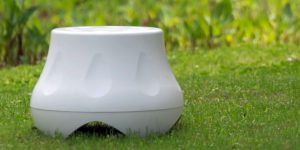Adding a subwoofer to your system will also increase its dynamic range, which is the difference between the loudest and softest sounds it can reproduce. That’s because most main speakers are limited in their ability to reproduce deep bass notes at high volumes without distorting. A subwoofer can take on that challenge, allowing your system to play louder and sound cleaner at the same time. This subwoofer size guide will help you understand the types and answer some of the most important and questionable questions about subwoofer speakers.
Does subwoofer size matter?
When answering the question, “What size subwoofer do I need?” you should know that the dimensions of a subwoofer driver are important for two reasons. First, the larger the speaker, the more low-frequency sound it can produce. Second, a larger speaker will have a bigger impact on the sound of your music. If you’re looking for big bass, you’ll need a large subwoofer.
The types of subwoofers

There are three main types of subwoofers: powered, passive, and wireless. Powered subwoofers have their own amplification built-in, so all you need to do is plug them into an AC outlet. Passive subwoofers rely on an external amplifier to power them. Wireless subwoofers connect to your receiver wirelessly, so you don’t have to worry about running any extra cables.
How to determine the size of your subwoofer for your room
To understand how big a subwoofer do you need, you first need to assess the available space. If you live in a small apartment, for example, then you’re not going to have the same options as someone with a large home theater room. Once you know the dimensions of your room, you can start looking at subwoofers.
We’ll give you some tips on how to measure your room size, but in short, here are the average dimensions of rooms and what subwoofer size we recommend for each
- Small room: Up to 140 square feet (12.92 square meters) – 12-inch subwoofer
- Medium room: 141 to 250 square feet (23.08 square meters) – 15-inch subwoofer
- Large room: 251 to 400 square feet (37.16 square meters) – 18-inch subwoofer
- Extra large room: 401+ square feet (larger than 37.16 square meters) – 21-inch subwoofer or larger
Calculating the room size
First, measure the length and width of your room (in this article, we will use square feet). Next, multiply the length and width to get the square footage of your room.
For example, if your room is 12 feet long and 14 feet wide, the square footage would be 168.
Keep in mind that this is only the minimum size needed for the subwoofer. A larger subwoofer will usually sound better, but it is not always necessary to get the biggest one possible.
What is the most important when deciding on a subwoofer for your room size?

There are a few key factors you should keep in mind when deciding what size subwoofer is right for your room.
The subwoofer power rating
The first is the power rating of the subwoofer. This is how much power the sub can handle before it starts to distort the sound. The power rating of a subwoofer is one of the most important specs to look at when choosing a subwoofer. The higher the power rating, the louder the subwoofer can play.
The higher the wattage, the more powerful the subwoofer. A good rule of thumb is to choose a subwoofer with a power rating that is double the size of your room in square feet. So, for a 140-square-foot room, you would want a subwoofer with a power rating of 280 watts, etc.
The frequency response
The second factor is the frequency response. This is the range of frequencies that the sub can produce. In general, a subwoofer for a large room with higher frequency response.
- For example, if you have a 140-square-foot room, you’ll need a subwoofer that can handle at least 50 Hz.
- if you have a medium room, you’ll need a subwoofer that can handle at least 60 Hz.
- And if you have a large room, you’ll need a subwoofer that can handle at least 80 Hz.
You can find the frequency response of a given subwoofer by looking at the specs or reading reviews.
The subwoofer sensitivity rating
Another important factor to consider is sensitivity rating. This measures how efficiently the speaker converts power into sound. The higher the sensitivity rating, the louder the speaker will be for a given amount of power. Subwoofer sensitivities are typically measured in dB/W/m.
To give you an idea of what this means, a sensitivity of 85 dB/W/m would be considered average. A speaker with a sensitivity of 95 dB/W/m would be considered very sensitive, and one with a sensitivity of 75 dB/W/m would be considered relatively insensitive.
The higher the sensitivity rating, the easier it is for the subwoofer to produce bass. This means that you’ll be able to get more bass out of a less powerful amplifier with a higher sensitivity rating.
If you’re looking for a subwoofer in a small room or apartment, then you’ll want to look for one with a high sensitivity rating. This will allow you to get the most bass out of the subwoofer without having to crank up the volume too loud.
On the other hand, if you’re looking for a subwoofer to use in a large room or home theater, then you’ll want to look for one with a lower sensitivity rating. This will allow you to get the same amount of bass as a high-sensitivity subwoofer, but without having to turn up the volume as loud.
How many subwoofers do you really need?

The answer to this question is not as simple as you might think. If you want to get the most impactful bass possible, then you will need more than one subwoofer. However, the number of subwoofers you need will ultimately depend on the size of your room and how much money you are willing to spend.
If you have a small room, then one subwoofer should be enough. However, if you have a large room or want to feel the bass, you will need two or more subwoofers. The good news is that there are many great options on the market today, so finding the perfect subwoofer for your needs should not be difficult.
Popular misconceptions about choosing the right size subwoofer
When it comes to choosing a subwoofer, several common misconceptions can confuse you. I’m willing to debunk some of these myths to make your decision easier.
Bigger subwoofer always means better bass
Reality: It is true that larger subwoofers can produce deeper and more powerful bass, but size is not the only factor determining bass quality. Other factors, such as tonal accuracy and transient speed, depend on the quality of the drivers themselves. Also affecting the sound are the sub’s enclosure’s design and the amplifier’s power. In some cases, a well-designed, smaller subwoofer can provide exceptional bass reproduction, especially in small rooms where a large sub will, on the other hand, produce blurry, muffled bass. Therefore, you should base your choice of subwoofer size on the size of the room, your listening preferences, and your intended use.
Subwoofer size determines power consumption
Reality: The physical size of a subwoofer is not directly related to its power consumption. It depends primarily on the power rating and efficiency of the amplifier. And you can find subwoofers with different ratings regardless of their size. Just pay attention to the specification that is listed on each unit.
Subwoofer size doesn’t affect the listening experience at low volumes
Reality: Actually, subwoofer size does affect the listening experience at low volumes. That’s because a larger subwoofer can usually reproduce bass frequencies more accurately, even at low volumes. Conversely, smaller subwoofers may not be able to handle deep bass reproduction at low volume levels, resulting in a less immersive listening experience. This is due to the high MOL of larger subwoofers, which simply do not need high power handling.
Frequently asked questions
Are there advantages to having multiple smaller subwoofers instead of one large subwoofer?
Yes, there are advantages to using multiple small subwoofers, often referred to as “dual subwoofers”, over a single large subwoofer. This is due to the minimization of room modes and standing waves, creating what is known as a “layered” bass response that fills in the voids, which results in smoother, softer, and more even sound reproduction. This can be particularly useful for large rooms or home theaters.
Can a smaller subwoofer deliver the same bass level as a larger one?
Subwoofer driver size is important in determining a subwoofer’s bass reproduction capabilities because it provides higher SPL (sound pressure level) and low-frequency extension. But while small subwoofers can’t match the bass depth of larger models, they can still deliver impressive low-frequency performance across their range. And for smaller rooms where a large sub will sound deaf and washed out, a small but high-quality sub is the best solution.
What’s the difference between a single-driver and a dual-driver subwoofer of the same size?
A single-driver subwoofer has a single woofer cone, while a double-driver subwoofer has two equally sized woofers. The main advantage of the latter is increased power and bass reproduction efficiency: two drivers working in tandem can move more air and create a higher sound pressure level, resulting in more powerful bass.
Is there an optimal subwoofer size for specific music genres or movie genres?
Generally, larger subwoofers (12 inches or more) can produce deep and powerful bass suitable for movies with intense explosions and impressive music genres such as electronic dance music (EDM) and hip-hop.
Smaller subwoofers (8-10 inches) produce satisfactory bass across various music and movies. They are often preferred for use in small rooms where space is limited.


















